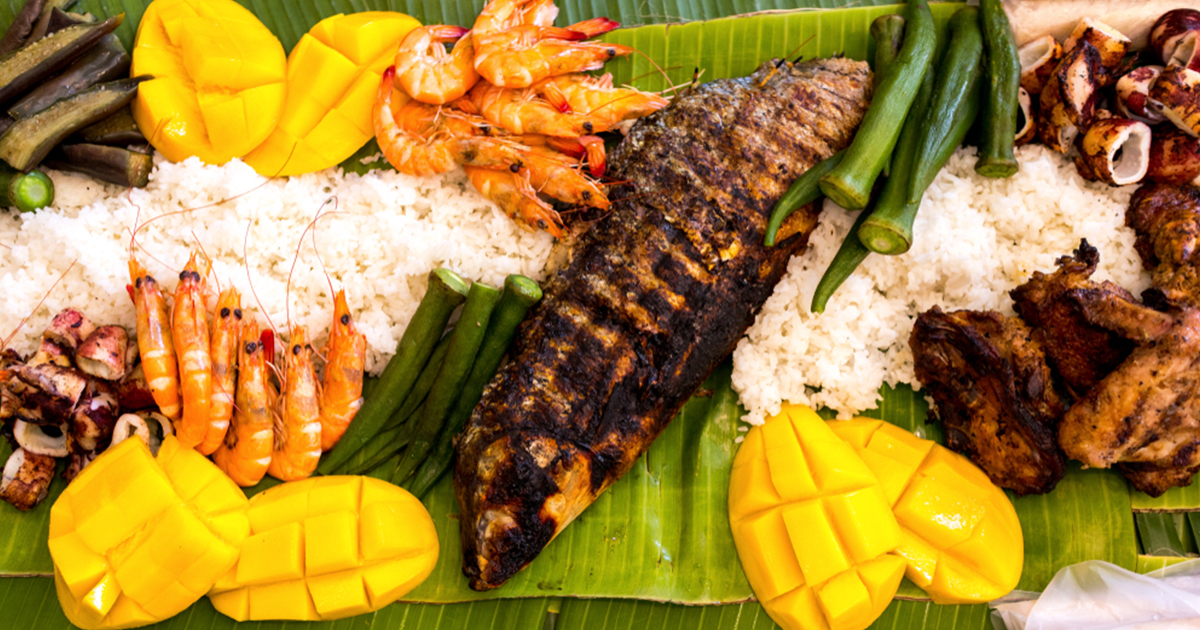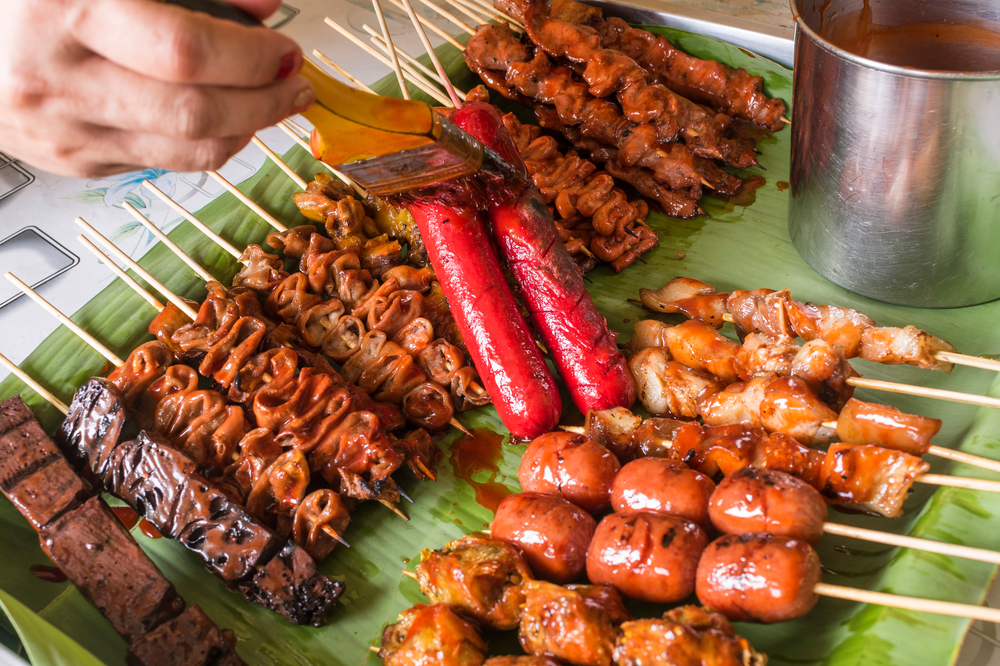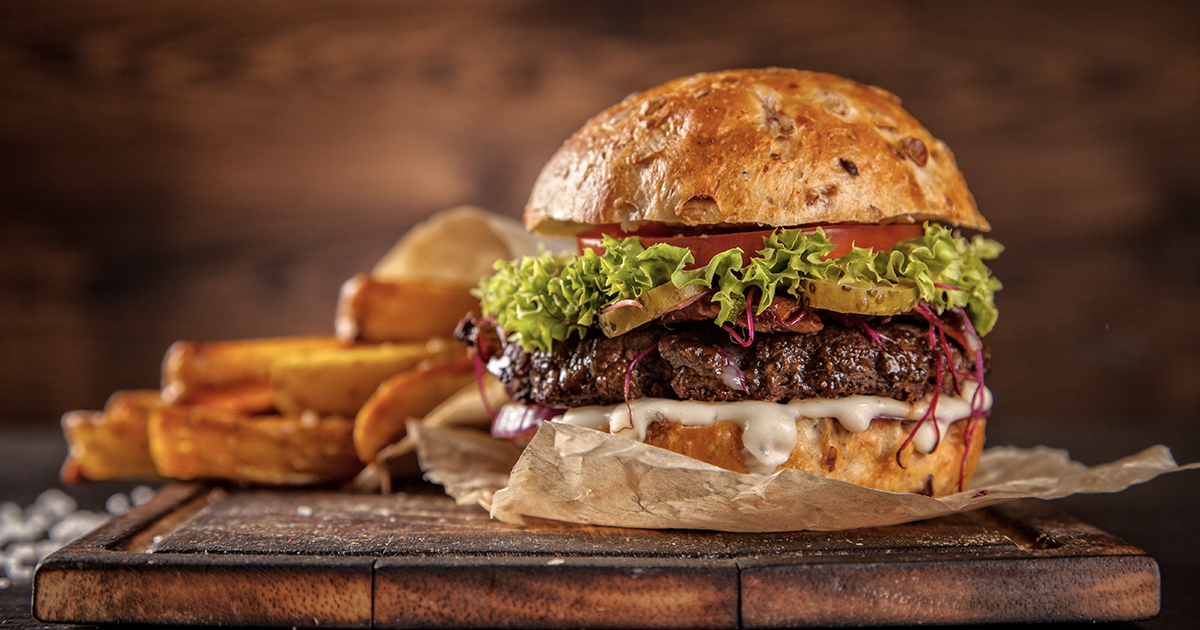When it comes to eating with your hands, nothing compares to the satisfaction of Kamayan. Kamayan is a feast that originated in the Philippines and represents a celebration of Filipino cuisine, culture, and community.
What is a Kamayan?
Kamayan involves a long table covered in banana leaves and piled high with an appetizing assortment of foods that are intended for eating with your bare hands, such as rice, grilled meats, seafood, and veggies.
The definition of "Kamayan" is "to eat with hands," and that's exactly what you do. No cutlery is involved whatsoever, and this makes for quite a thrilling sit-down. The entire meal is a social experience, where people connect over shared food in a communal dining setting that brings them closer to each other.
The preparation
The process of getting ready for a Kamayan feast is special in itself. Carefully arranged banana leaves cover the table, and they serve both a beautifying and functional purpose. The banana leaves give the food a light scent and also make the cleanup simple.
Next, an assortment of foods is added on top of the banana leaves, which frequently involve a delectable combination of flavors and textures.
All about the sauces
A standout feature of Kamayan cuisine is the variety of dipping sauces served with the dish. These condiments, which range from creamy peanut sauce to hot vinegar, give each bite a unique taste and take the overall experience to new heights.
There is a sauce to suit every taste, whether you're dipping tender shellfish, crunchy spring rolls, or grilled meat skewers.
A sense of community
However, Kamayan is about more than just the tasty food—it's also about the interactions that come with the sharing of that food. Participants typically chat during the meal, with stories shared over the sound of clinking glasses and rustling banana leaves.
People from different cultural backgrounds come together through their shared appreciation of delicious cuisine and delightful conversation. In essence, Kamayan exemplifies the Filipino value of "Bayanihan," wherein all individuals collaborate to create a memorable event.
Each person plays a role in the feast's success, whether it's cooking, arranging dishes, or serving food to others.
All in all, kamayan nourishes both the body and bonds of friendship and family, serving as a meal for the soul as well as the stomach.











